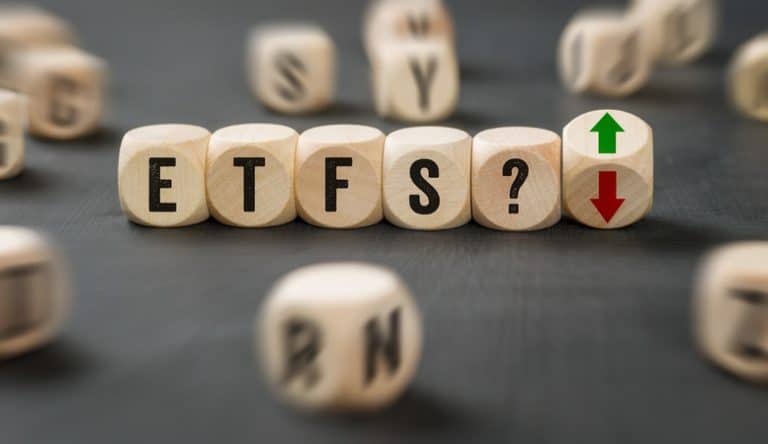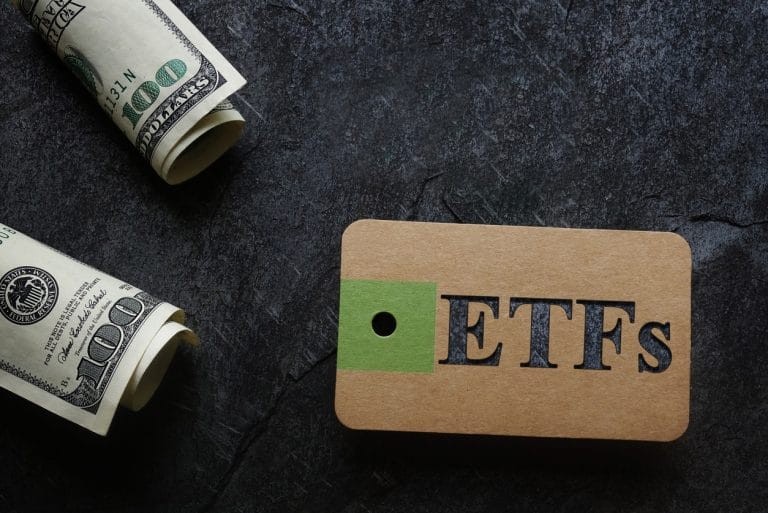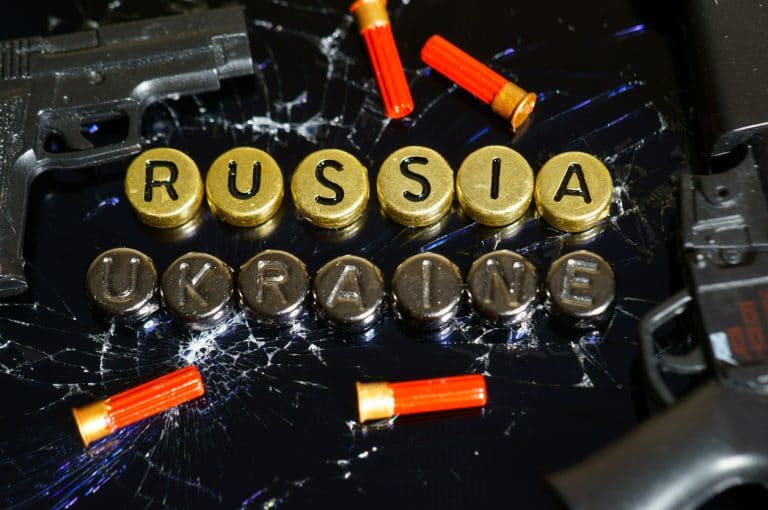You’ve heard it over and over – time is our most limited & valuable asset.
For many of us, this is true. We may be financially secure in US dollars, the Euro, Yen, you name it – but our life clock is ticking just as fast as everyone else’s. So, we seek instruments, hacks, and even investment vehicles that can save us our most precious resource.
ETFs allow investment diversification without the need to tediously select securities one by one. And for many, ETFs serve as an on-ramp to smart, risk-considerate investing. The S&P 500, Dow Jones, Russell, and NASDAQ are some of the most popular indices with countless ETFs having exposure to their baskets of assets.
Among these, you may have heard the Russell index referred to in several ways. The Russell 1000, 2000, and 3000 are the most common. What are these, and how do they differ? Let’s find out.
Russell 3000
We’ll begin with the Russell 3000. This index is comprised of the 3,000 largest US public companies as measured by total market capitalization. It seeks to serve as a benchmark for the US equity markets, and encompasses around 97% of said market.
This means that the index covers nearly all sectors – technology, health care, industrial, financial, consumers, energy, and quite a few more. The Russell 3000 has the broadest reach among the top indices of the US stock market.
Several ETFs track the Russell 3000, the most popular being iShares (NYSEARCA: IVW) and Vanguard (NASDAQ: VTHR).
Russell 2000
The Russell 2000 index tracks the bottom 2,000 stocks in the Russell 3,000 index. Investors often refer to this as the small to mid-cap index, and utilize it to track smaller and less-established US public companies.
This index is an extremely popular measure of small and mid-cap performance, representing around 10% of the Russell 3000 total market capitalization. Companies in the Russell 2000 can change on a daily basis as small-cap assets tend to be more volatile. This makes the ETF provider’s job more difficult.
The most popular ETF of this index is the iShares Russell 2000 ETF (NYSEARCA: IWM). Have a look at its performance over the last ~8 years:

Russell 1000
The last of the group is the Russell 1000, tracking the top 1,000 stocks of the Russell 3000 Index. The Russell 1000 is referred to as the large-cap index, and represents around 93% of the total market capitalization of the Russell 3000 Index
The Russell 1000 competes for attention with other indices like the S&P 500 and NASDAQ. While it is a useful measure of US large-cap performance, it is often overshadowed by these other indices (unlike the Russell 2000, which is more regularly referenced).
The top sectors of this index include technology, consumer discretionary, health care, financial services, and industrial. These industries dominate US equities by market capitalization.
Popular ETFs of the Russell 1000 Index include iShares (NYSEARCA: IWB) and Vanguard (NASDAQ: VONE).











